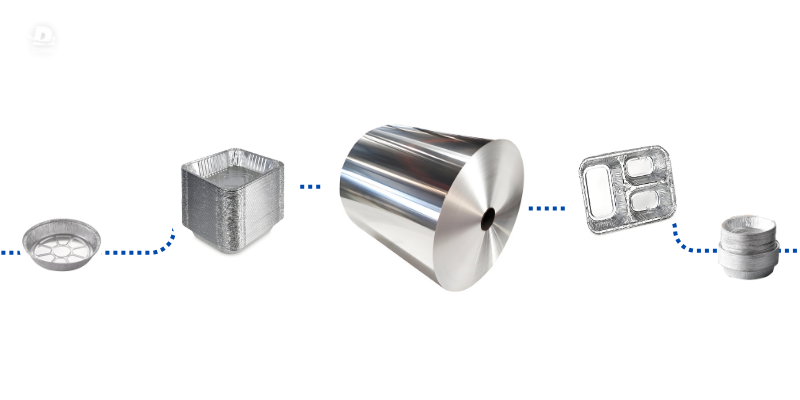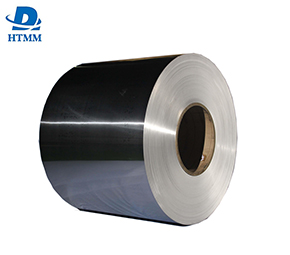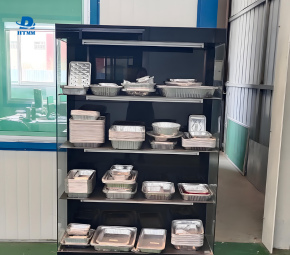Containers are produced from jumbo rolls of container foil, which have either been slit into specific dimensions prior to forming, or fabricated, with the slit width providing container feasibility before forming. During forming, the container foil is pulled into forming machines, which then encapsulates the food into a variety of shapes and sizes of trays, lunch boxes, or baking dishes, etc. All of these shape and size designations must maintain their thickness consistently, without being broken. 8011 H24 aluminum foil has a high elongation and tensile strength which allows it to be moulded without fracturing; therefore realizing forming properties that ensured consistency and reliability of quality. That's why it has become the accepted raw material for aluminum foil container in many markets around the world.

Choosing the Correct Aluminum Foil Material
Selecting the right aluminum foil is a crucial step in the development of disposable containers. Not all foils are the same, and utilizing incorrect specifications could lead to product failure in the marketplace or lead to product safety concerns. The first parameter to consider is the alloy and temper. An 8011 H24 aluminum foil would be best suited because it has ideal characteristics of hardness and flexibility – among other alloy and temper combinations. The “H24” temper specification indicates a strength characteristic, so that the containers are hard enough to carry and hold food items without collapsing under the food weight, while still being pliable enough to form.
Another factor that must be confronted is the thickness. A thicker foil with relatively increased thickness provides stronger supporting characteristics for the container (but increases the cost of production), while a thinner foil, although lighter, may not provide enough support characteristics. The manufacturer would also need to consider the surface treatment of the foil and cleanliness. Container foil coming into contact with food must be free of oil stains or pinholes or other issues that would lead to a functional failure of hygienic standards. Finally, producers also reflect on cost considerations, availability and supply characteristics—typically they count on jumbo rolls of container foil in order to minimize waste and improve efficiencies in their production when mass producing food items.

Convenience of Aluminum Foil Containers in Our Everyday Life
8011 H24 aluminum foil disposable containers save us time and effort in everyday life. They have a strong, light and easy to carry structure which makes it easy to package fresh takeout food, baked goods, or frozen foods. They will withstand high oven temperatures and low freezer temperatures so that end user will be able to cook, store and reheat in the same container therefore reducing the chance for excess waste.
We also appreciate aluminum foil containers for food safety and hygiene. Unlike plastic packaging, aluminum foil container raw materials will not leach harmful materials when heated therefore protecting our food. Furthermore, aluminum foil has a good barrier to moisture, oxygen, and light therefore flavor and freshness last longer which is relevant for both commercial catering and home cooking use.
Finally, as an environmental benefit, aluminum containers are recyclable. After used, they can be collected and melted down to be reformed into any new product. With many consumers and food businesses wanting to be more green in their operations, food container foil products, support sustainability and help eliminate plastic and styrofoam containers.
8011 H24 aluminum foil is an important facet of the world of food packaging from raw material to finished product. By using jumbo rolls of container foil and the appropriate specifications, manufacturers can construct safe, trustworthy, and convenient containers that give consumers the functionality to accommodate modern lifestyle needs. Containers that, made from trusted aluminum foil container raw material, create everyday convenience in cooking, storing, and transporting while making it easier for people to recycle and establish sustainable choices. It is likely that the role of aluminum foil containers will continue to be a practical answer to balancing the demands of a consumerist society with the responsibility for environmental impact.





